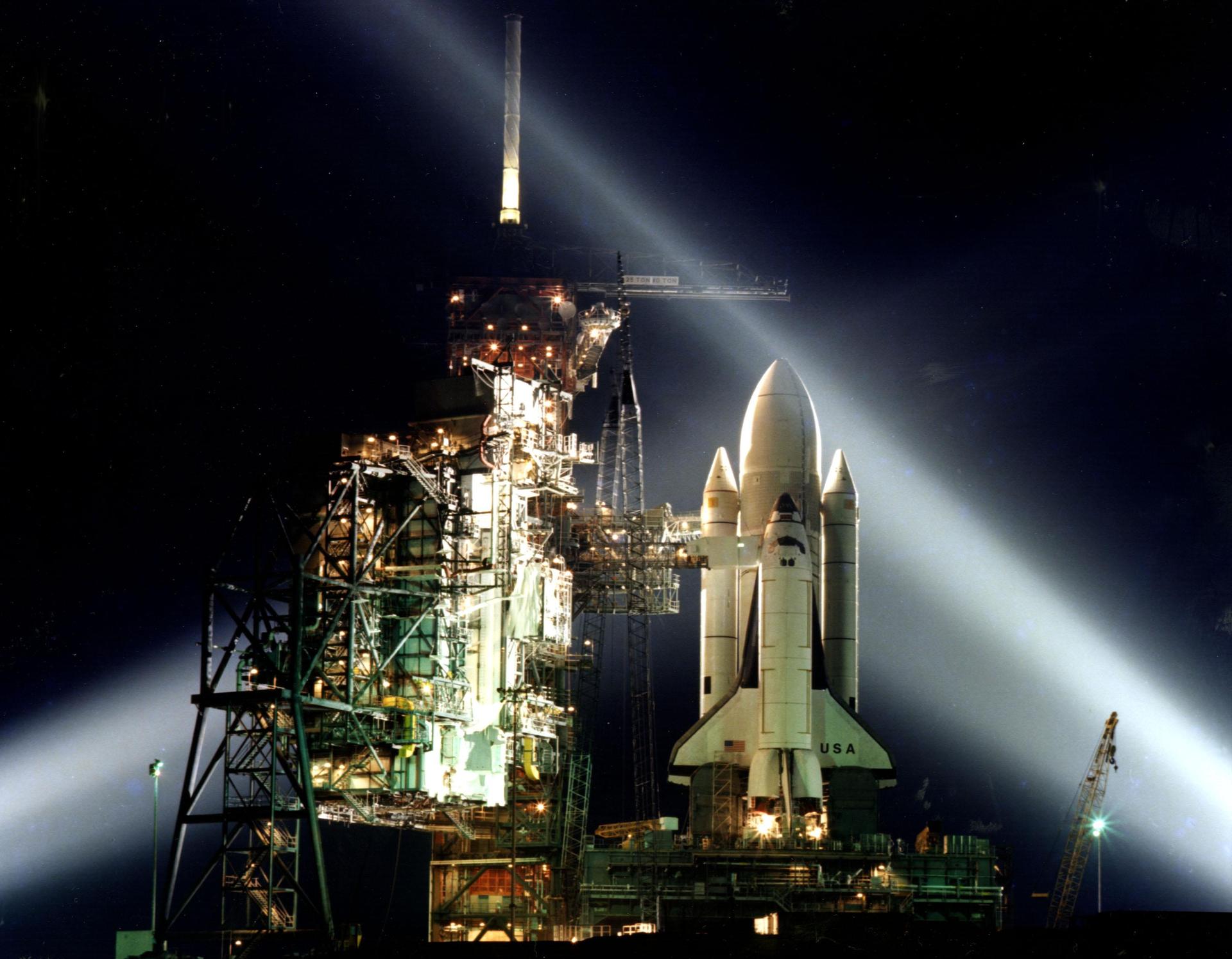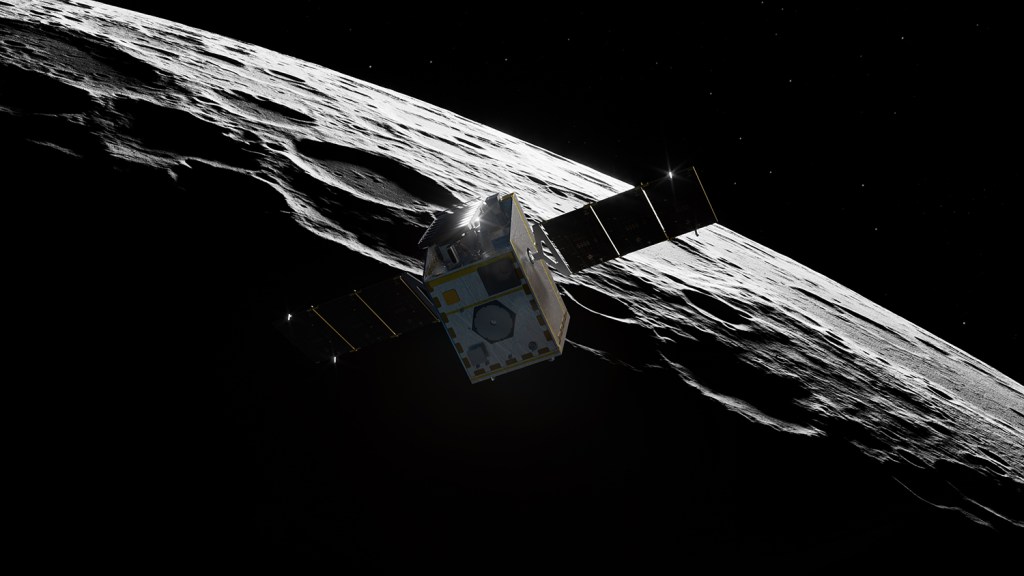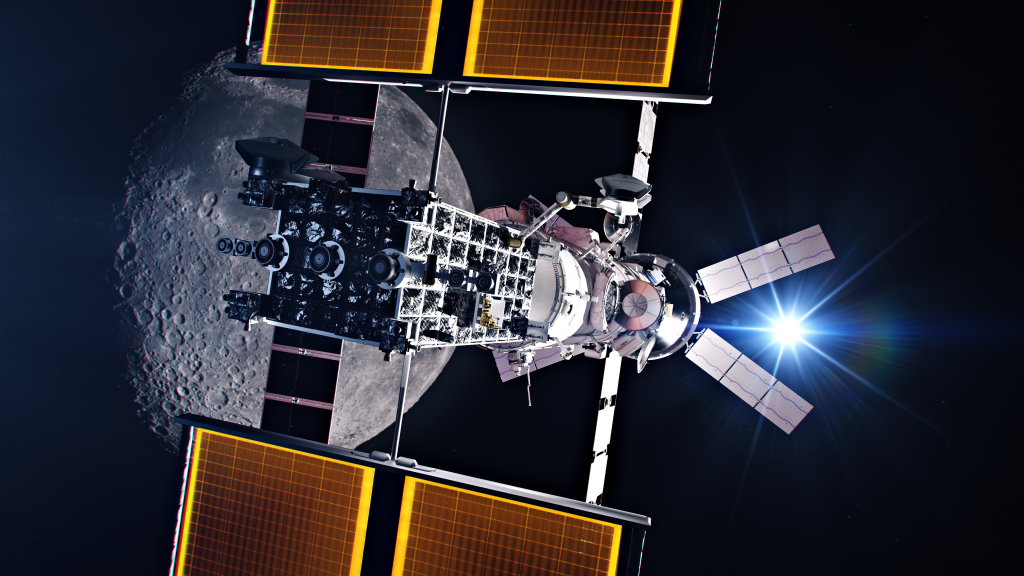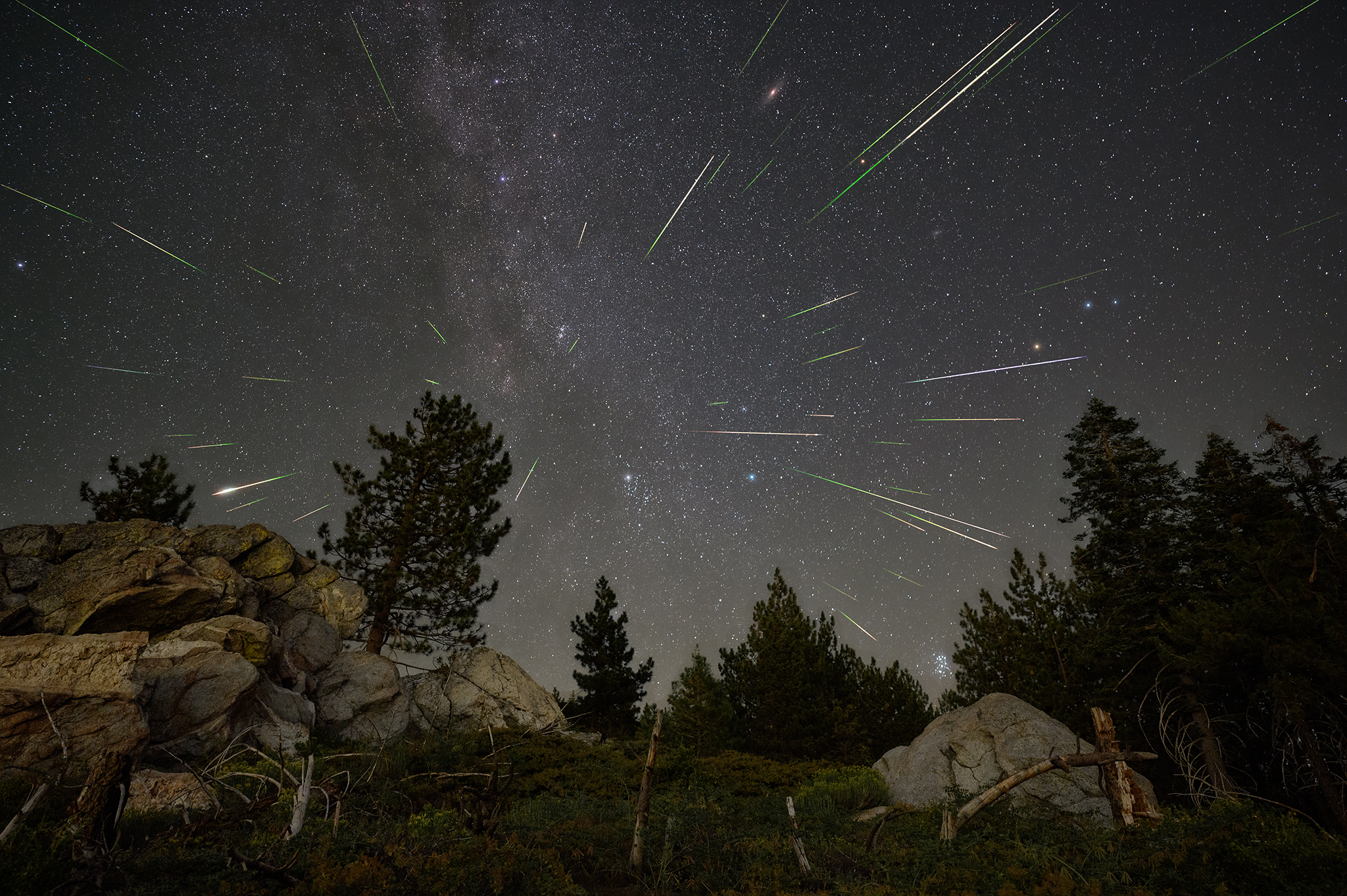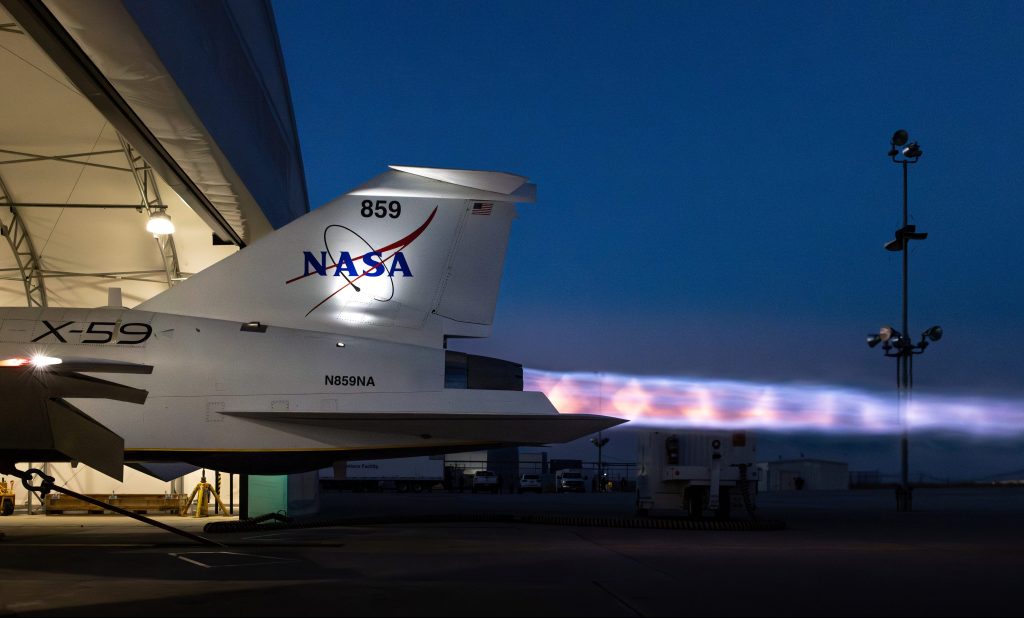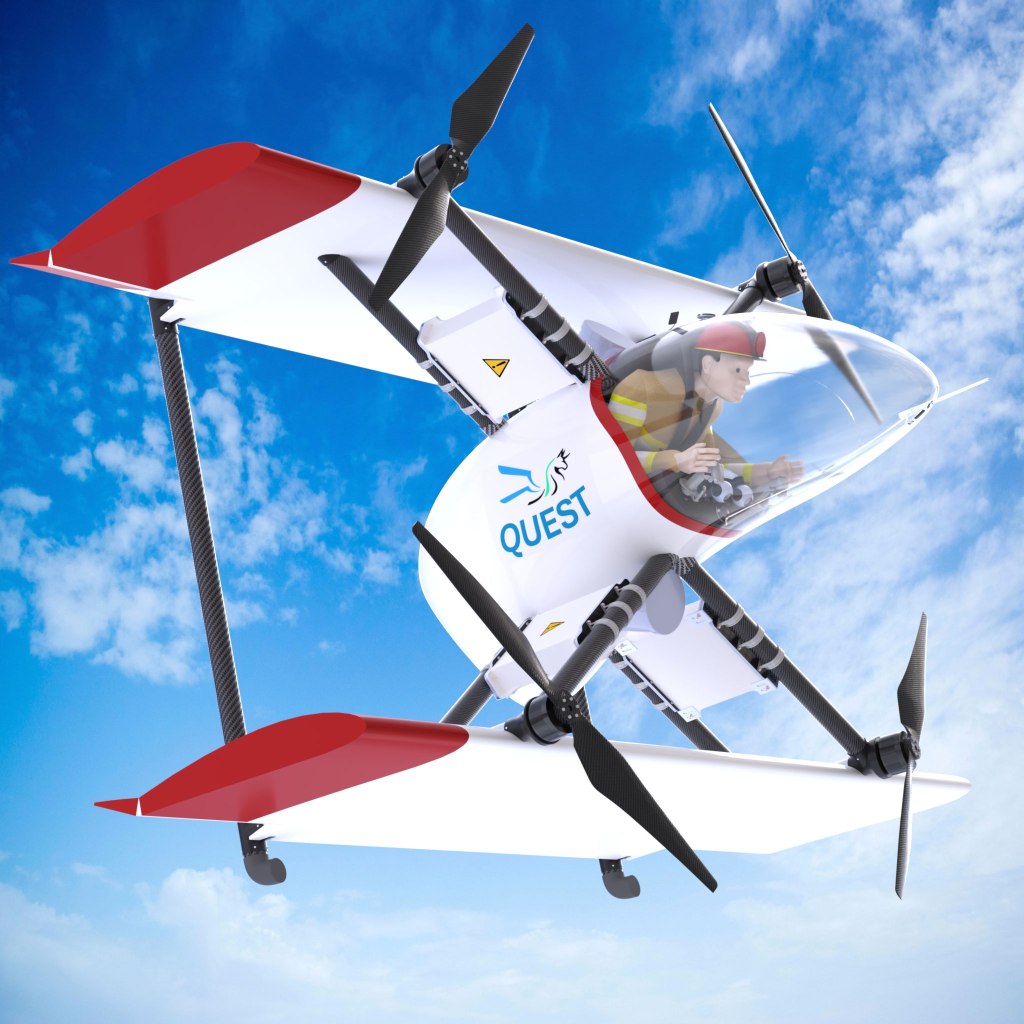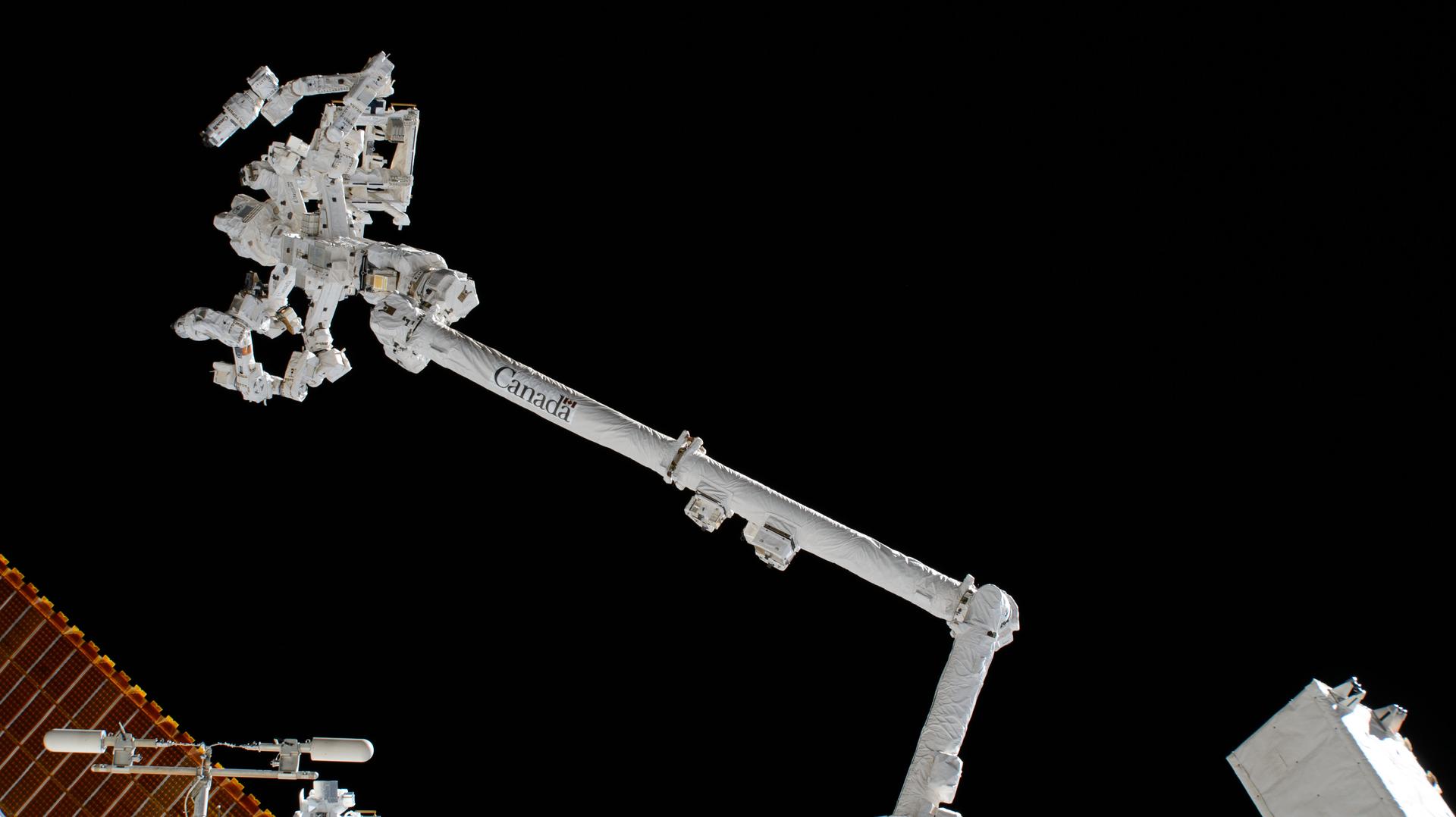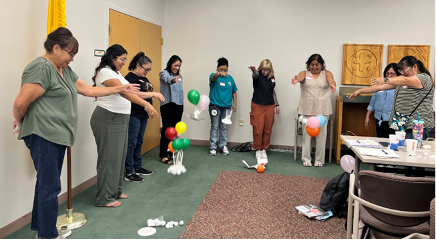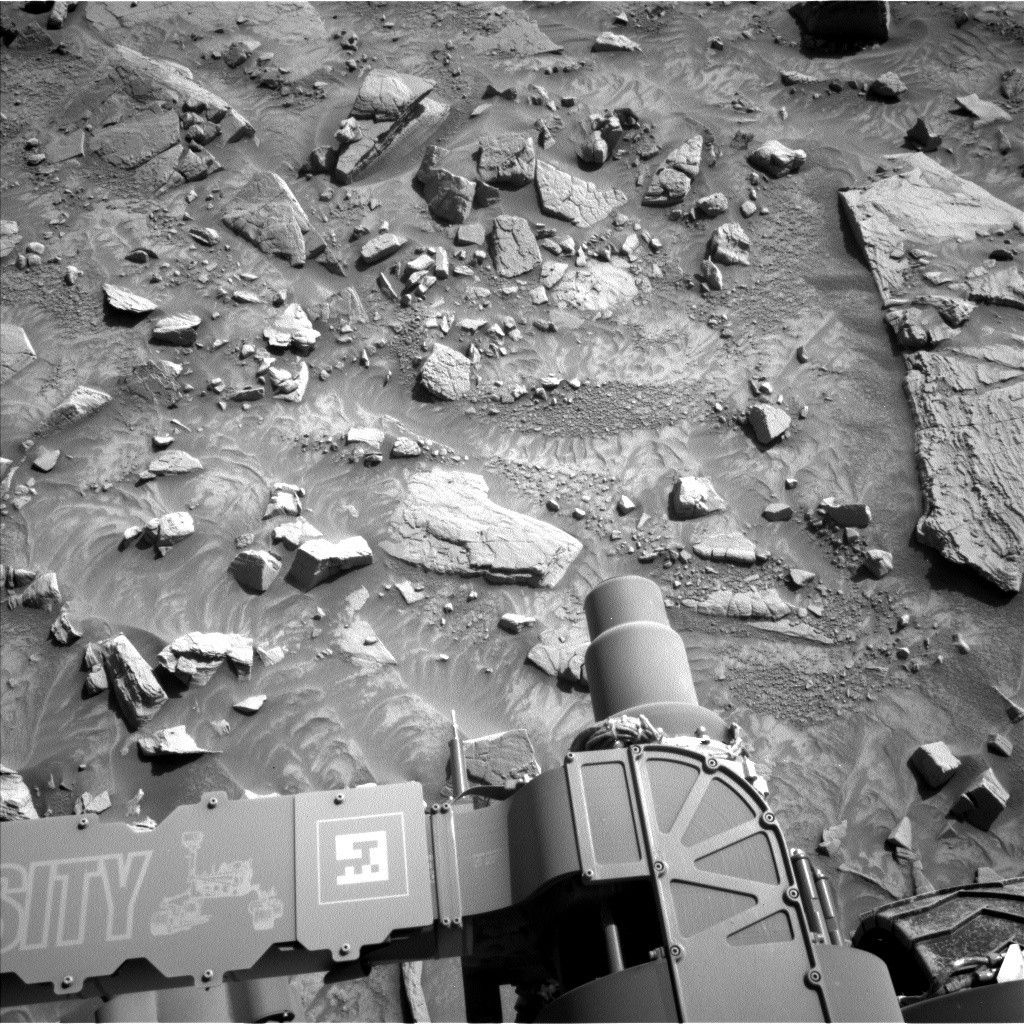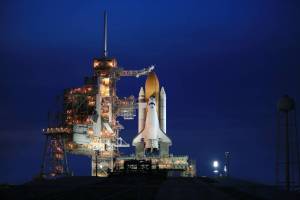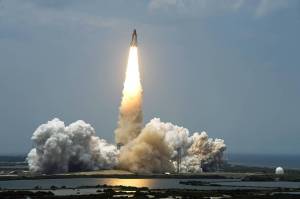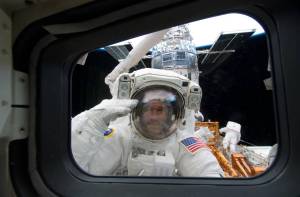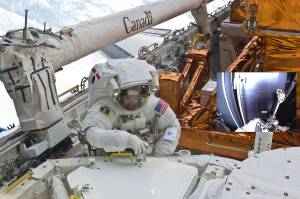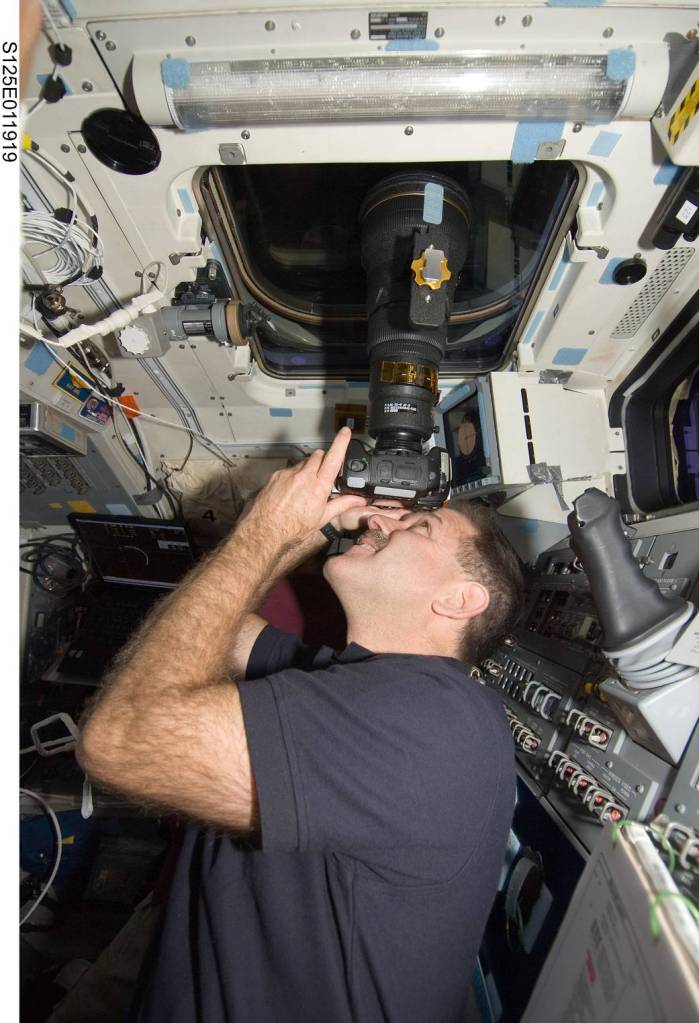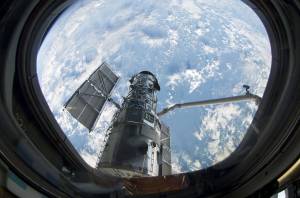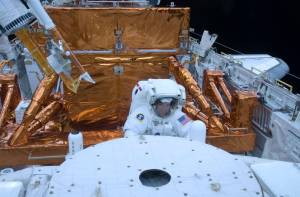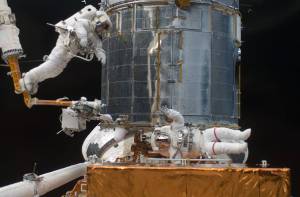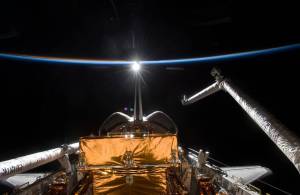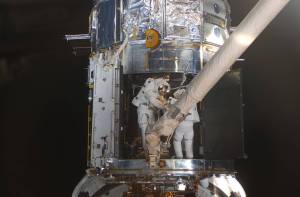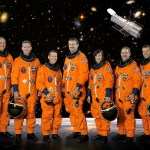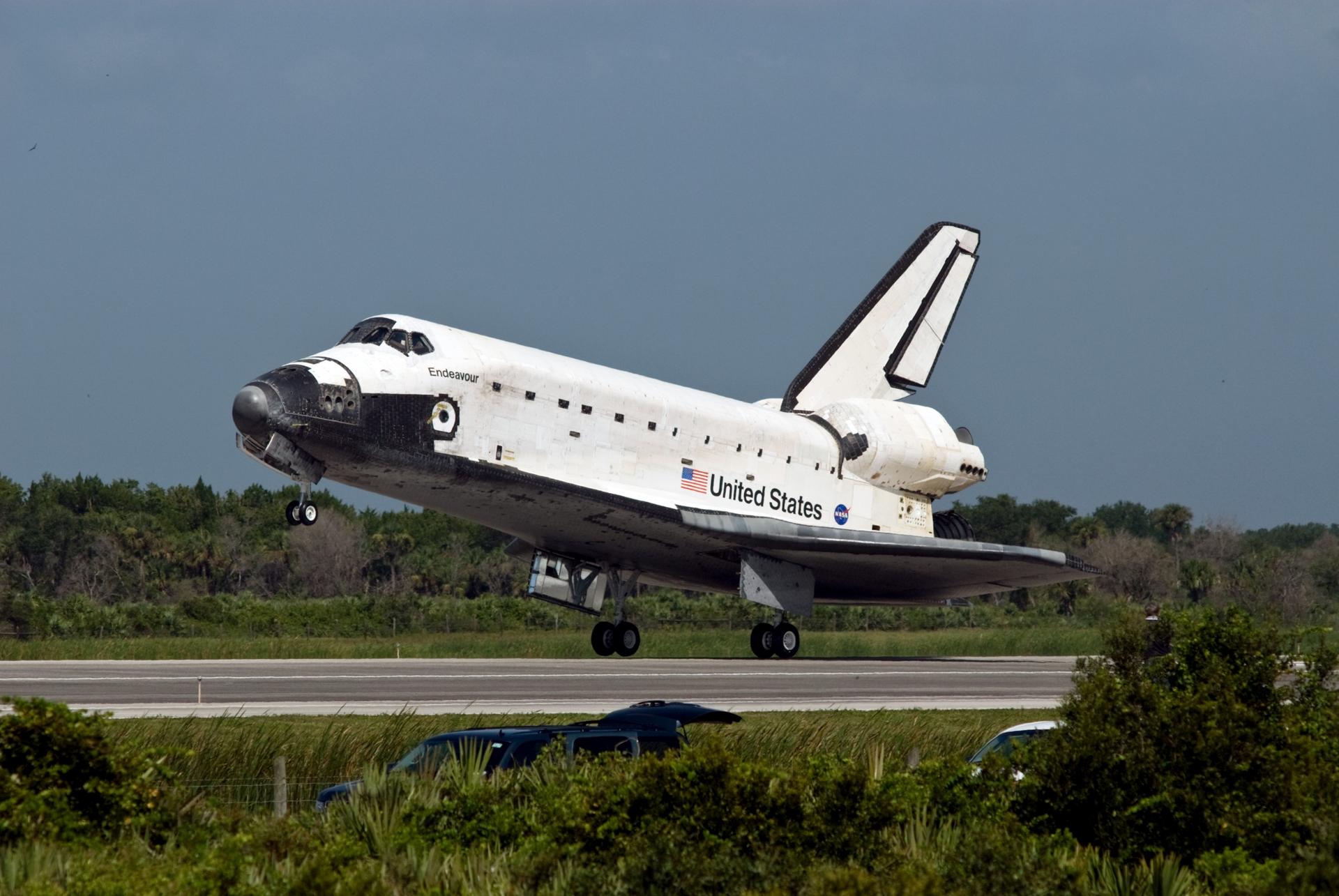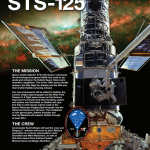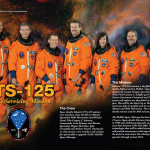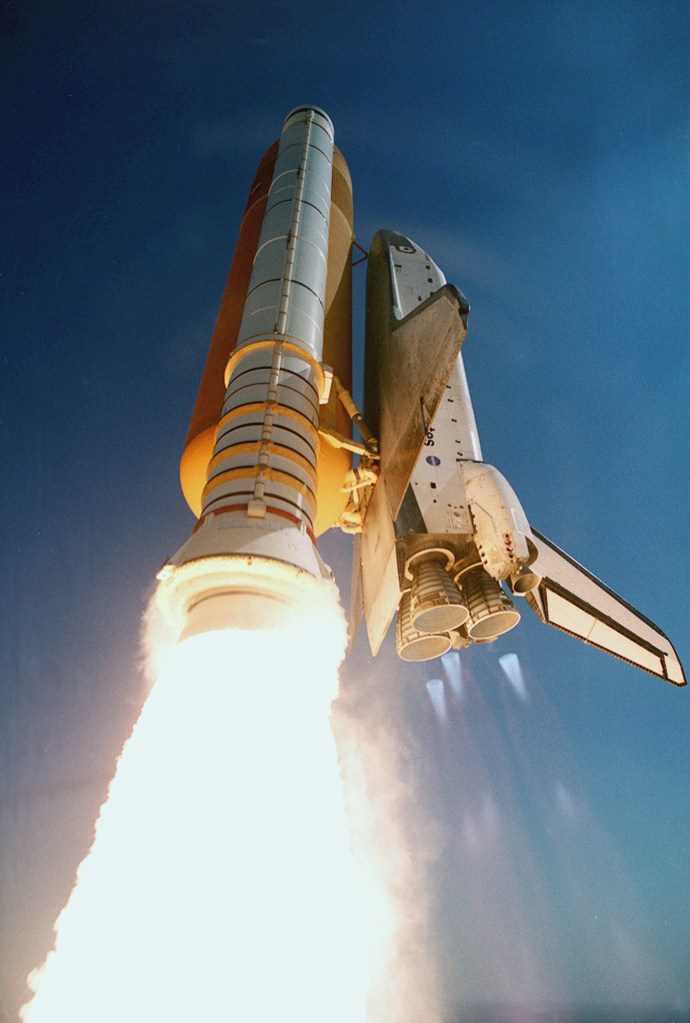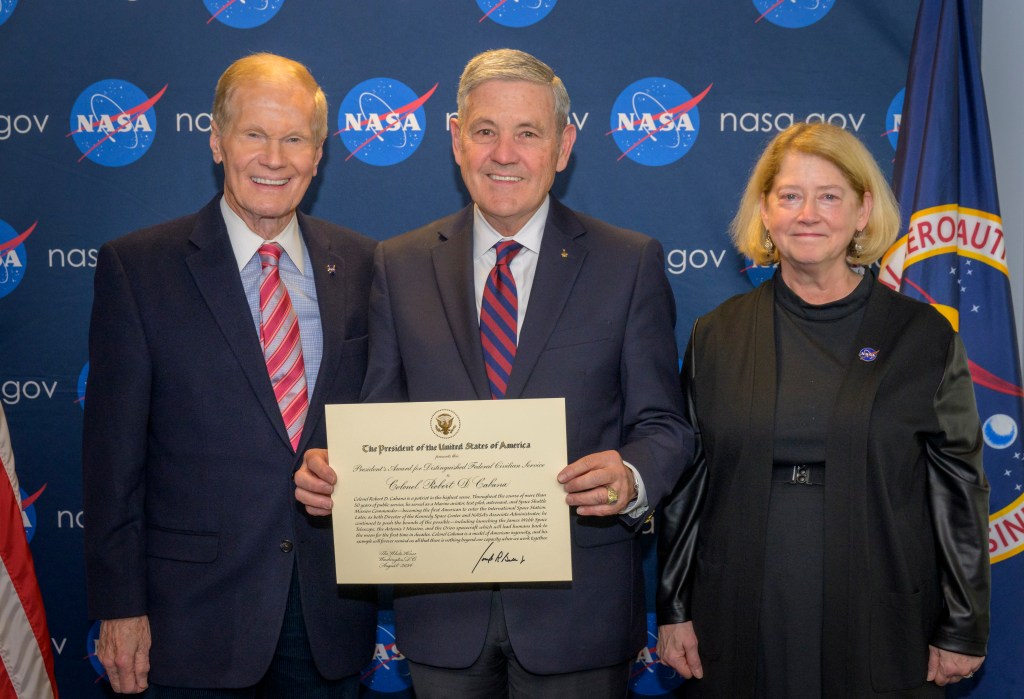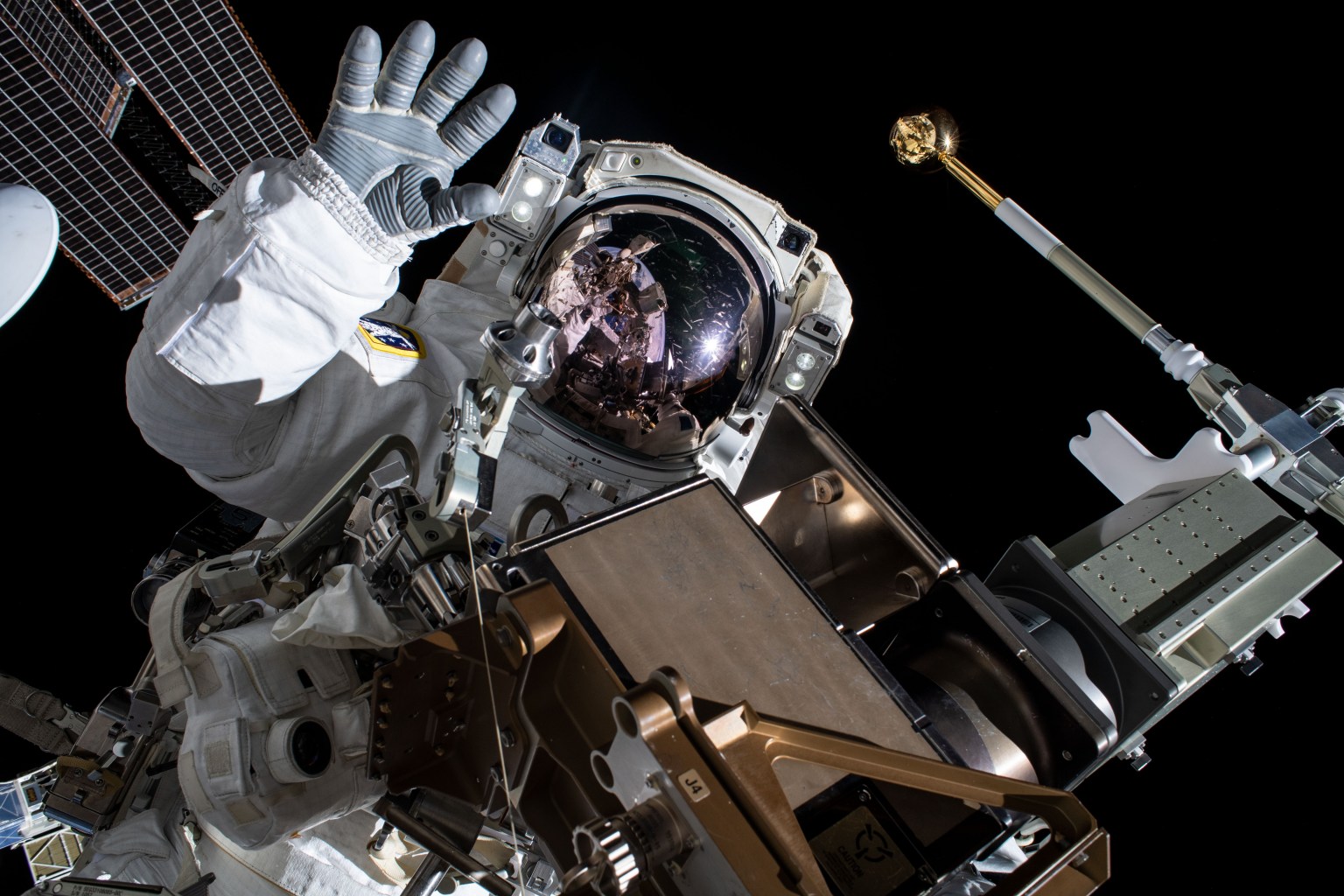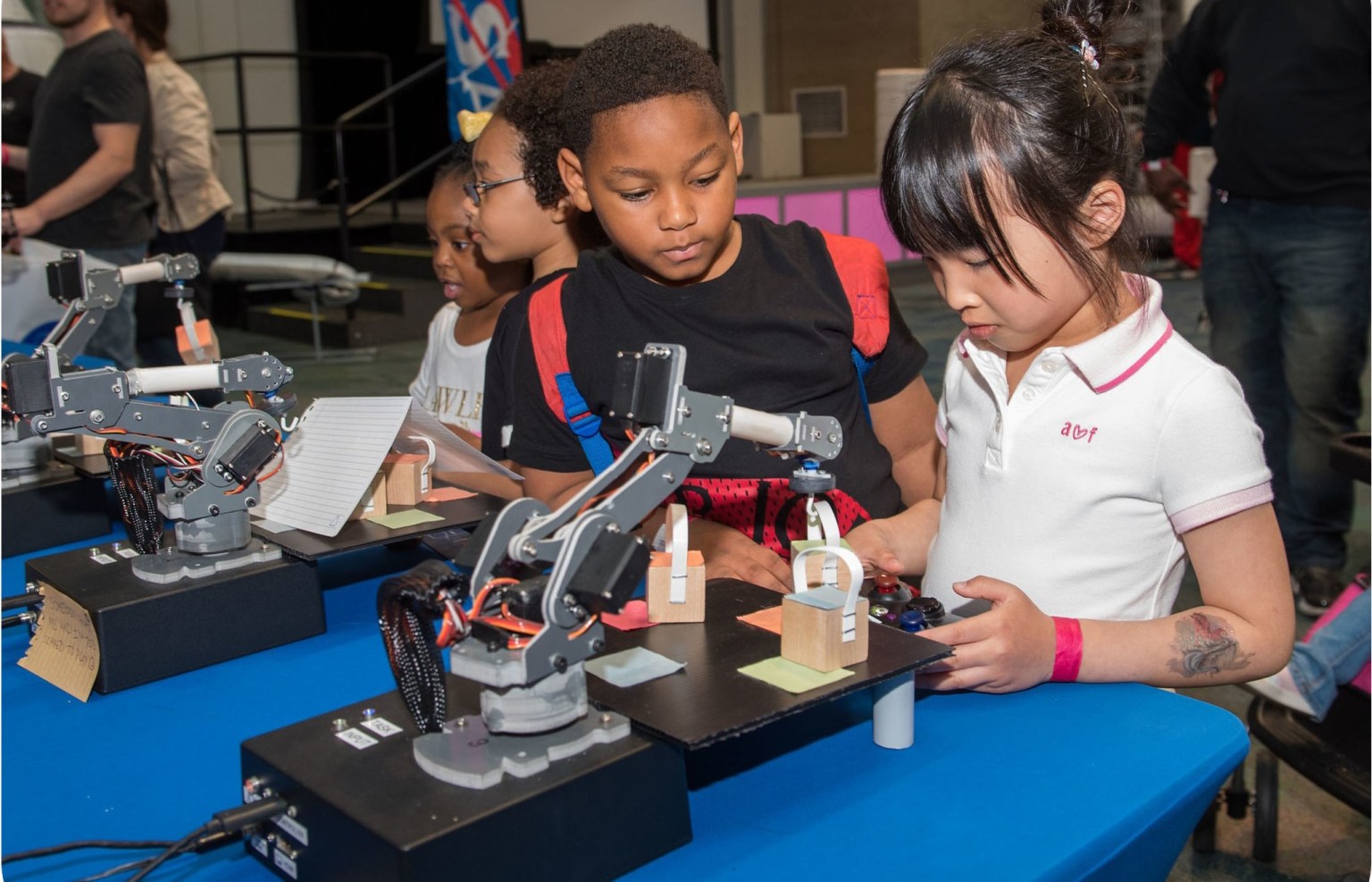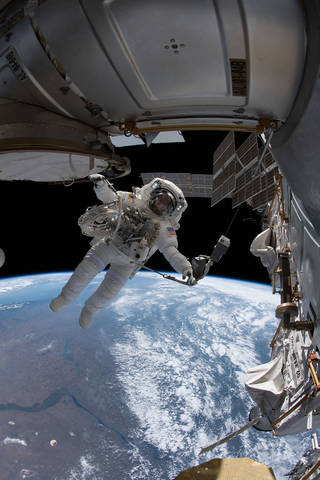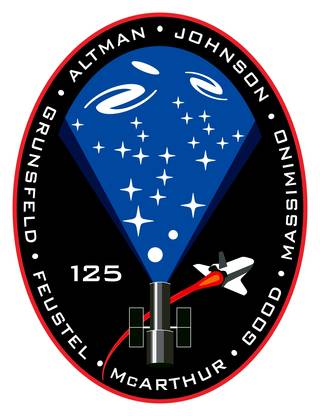
STS-125
STS-125 was the final space shuttle mission to the Hubble Space Telescope. Atlantis’ crew repaired and upgraded the Hubble, conducting five spacewalks during their mission to extend the life of the orbiting observatory.
orbiter
mission duration
Launch
Landing
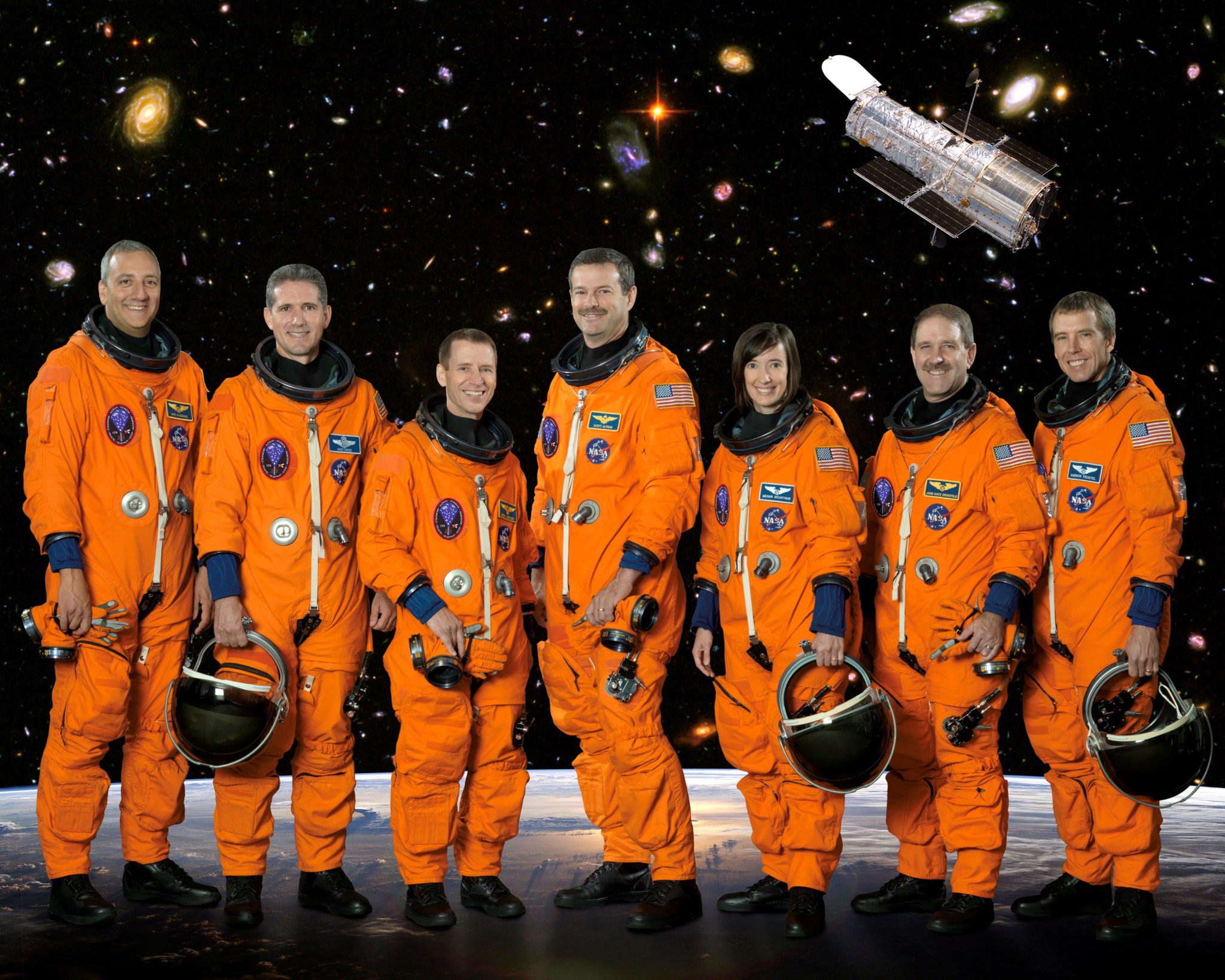
STS-125 Mission Facts
Mission: Hubble Space Telescope Servicing Mission (SM4)
Space Shuttle: Atlantis
Launch Pad: 39A
Launch Weight: 264,165 pounds
Launched: 2:01 p.m. EDT – May 11, 2009
Landing Site: Edwards Air Force Base, Calif.
Landing: 11:39 a.m. EDT – May 24, 2009
Landing Weight: 226,040 pounds
Mission Duration: 12 days, 21 hours, 37 minutes
Orbit Altitude: 304 nautical miles
Orbit Inclination: 28.5 degrees
Miles Traveled: 5.276 million
Crew
Scott D. Altman, Commander
Gregory C. Johnson, Pilot
Andrew J. Feustel, Mission Specialist
Michael T. Good, Mission Specialist
John M. Grunsfeld, Mission Specialist
Michael J. Massimino, Mission Specialist
K. Megan McArthur, Mission Specialist
Mission Highlights
Veteran astronaut Scott D. Altman commanded the final space shuttle mission to Hubble. Retired Navy Capt. Gregory C. Johnson served as pilot. Mission specialists included veteran spacewalkers John M. Grunsfeld and Michael J. Massimino and first-time space fliers Andrew J. Feustel, Michael T. Good and K. Megan McArthur.
Atlantis’ astronauts repaired and upgraded the Hubble Space Telescope, conducting five spacewalks during their mission to extend the life of the orbiting observatory. They successfully installed two new instruments and repaired two others, bringing them back to life, replaced gyroscopes and batteries, and added new thermal insulation panels to protect the orbiting observatory. The result is six working, complementary science instruments with capabilities beyond what was available and an extended operational lifespan until at least 2014.
With the newly installed Wide Field Camera, Hubble will be able to observe in ultraviolet and infrared spectrums as well as visible light, peer deep onto the cosmic frontier in search of the earliest star systems and study planets in the solar system. The telescope’s new Cosmic Origins Spectrograph will allow it to study the grand-scale structure of the universe, including the star-driven chemical evolution that produce carbon and the other elements necessary for life.
Servicing Mission 4
The mission gave Hubble new life, carrying it into its third decade of operation.
Explore SM4 Details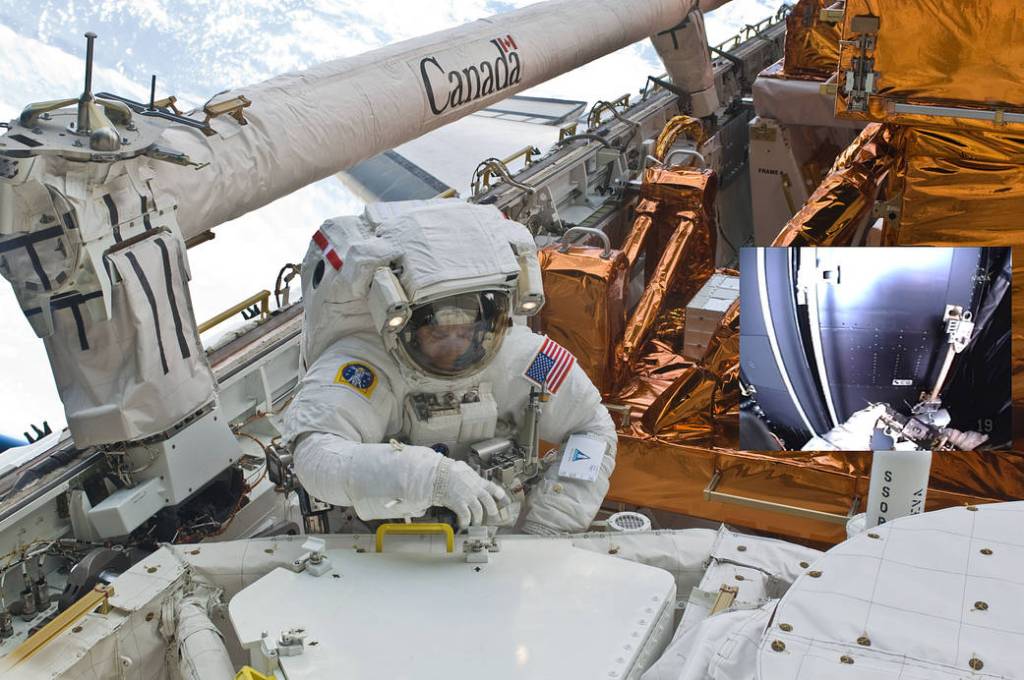
STS-125
Shuttle News
Retired Space Shuttle Locations
Shuttle Atlantis – Kennedy Space Center Visitor Complex Shuttle Discovery – Steven F. Udvar-Hazy Center Shuttle Endeavour – California Science…
Read the Story